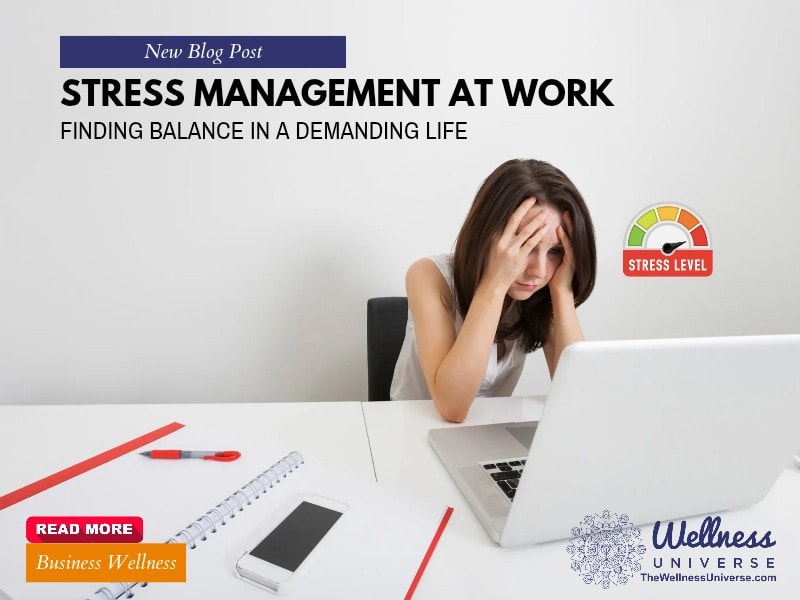Global Burnout Epidemic: 48% of Workers Struggle Under Pressure
In a world where the line between work and personal life has blurred, a staggering 48% of workers globally report experiencing burnout. A sense of constant overwhelm has permeated today’s fast-paced work environment, turning workplaces into pressure cookers. Left unchecked, the consequences can be dire—diminished motivation, chronic exhaustion, and a host of physical health problems.
Understanding Workplace Stress
Stress, in essence, is a natural bodily response designed to help us navigate challenges. However, when job demands outpace employee capabilities, a toxic cycle of stress hormones like cortisol and adrenaline kicks in, leading to detrimental long-term effects on mental and physical health. Early warning signs include irritability, fatigue, and lack of motivation, all of which hint at a growing disconnect from effective stress management.
Unpacking the Causes
Burnout rarely emerges from a vacuum; it usually stems from a combination of factors:
- Limited Autonomy: A lack of voice in decision-making breeds frustration.
- Job Insecurity: Constant anxiety about the future creates an oppressive atmosphere.
- Poor Working Conditions: Noisy environments and uncomfortable setups contribute to rising stress levels.
- Blurry Work-Life Boundaries: The rise of remote work makes it easy to let work seep into personal downtime, further exacerbating stress.
Effective Stress Management Strategies
But all hope is not lost. Stress can indeed be managed with the right strategies, allowing individuals to cultivate a balanced work-life dynamic instead of merely surviving their 9-to-5. Here are actionable ways to reclaim your peace:
-
Identify Key Stressors: Use a stress journal to track emotions and situations that trigger stress, helping to pinpoint patterns and origins.
-
Plan with Intention: Structure your day using to-do lists, break large projects into bite-sized tasks, and don’t hesitate to delegate when needed.
-
Take Frequent Breaks: Short breaks, even lasting just five minutes, can recharge your mental faculties and reduce fatigue.
-
Embrace Mindfulness: Simple breathing exercises, like box breathing, can significantly reduce anxiety and help center your thoughts.
-
Stay Active: Incorporate physical activity into your routine to boost endorphins and alleviate stress.
-
Set Boundaries: Establish clear work hours and create “no work” zones at home to protect your personal time.
- Build Resilience: Finding purpose in your work and nurturing meaningful relationships can fortify you against stress.
When to Seek Support
Yet, what if the weight of stress feels insurmountable? If anxiety persists, or if you are noticing significant health and performance issues, seeking professional help is crucial. It’s a responsible choice that can pave the way toward a healthier work-life balance.
As burnout becomes a pervasive challenge, implementing these strategies can empower workers to reclaim their lives. Stress management isn’t about eradicating challenges—it’s about nurturing the resilience required to face them with clarity.
For those ready to dive deeper into self-care, resources like The Wellness Universe’s Guide to Complete Self-Care offer transformative insights from leading experts in wellness. Whether you’re navigating change or striving for personal growth, the journey to balance doesn’t have to be undertaken alone.
Together, we can build a well world—one mindful step at a time.
